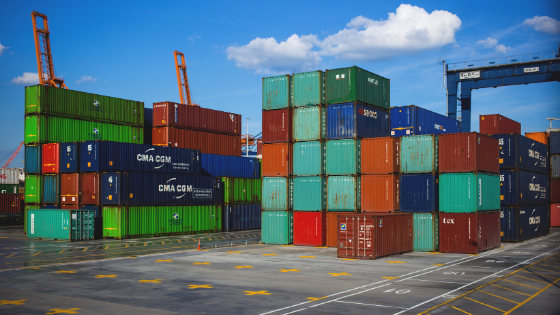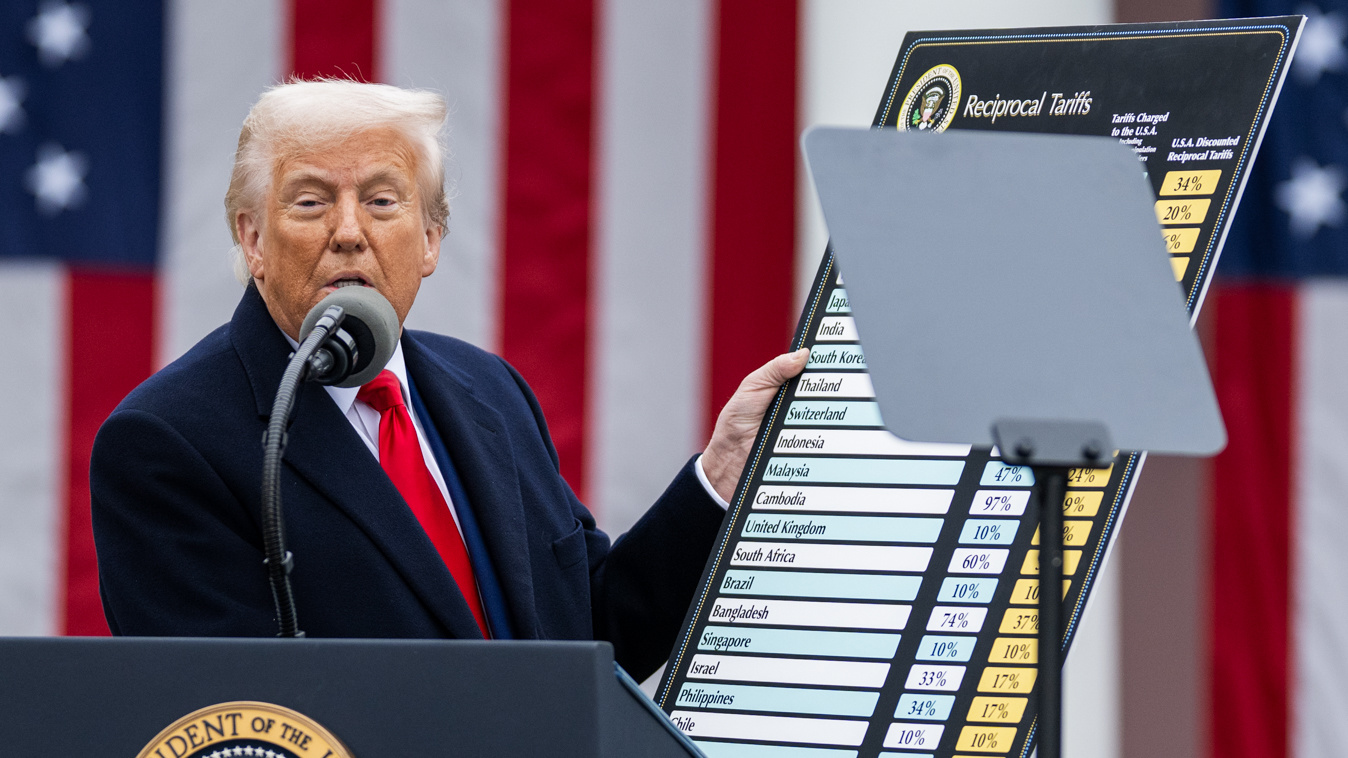Editor’s Note: Jeff Ferry is chief economist at the Coalition for a Prosperous America (CPA).
2019 could mark a major turning point.
[Jeff Ferry | March 4, 2020 | Industry Week]
In 2019, the overall U.S. trade deficit declined, as did America’s goods deficit with China. These are positive developments for the U.S. economy—and the Trump administration deserves credit for moderating imports and helping the economy grow at robust levels. The administration’s tariffs have clearly impacted both imports from China and overall steel imports. However, more aggressive policies are needed to reduce America’s large trade deficit and to grow domestic manufacturing.
2019 could mark a major turning point, though. The Trump administration has transformed public debate over trade, China, and manufacturing. Four years ago, the conventional wisdom was that “free trade” was wonderful—that trade deficits didn’t matter, and the best policy was to make nice with Beijing. Now, most prominent Republicans and Democrats acknowledge that trade deficits and the decline of domestic manufacturing are a problem—and that China is more of a threat than an ally. The old, reassuring view that liberalized trade would convert China into a democracy has faded. Many economists still cling to free trade, but they are becoming increasingly isolated from an American public all too familiar with global economic realities.
Over the past two years, the Trump administration has imposed Section 301 tariffs on roughly $250 billion worth of annual imports from China. Goods imports from China fell by $87 billion in 2019, the largest decline in more than 30 years. Roughly $73 billion worth of these imports were distributed among other countries that have stepped in to take China’s place. While it would be preferable for all of that production to return to the U.S., America is nevertheless benefiting from an increasingly diverse set of international suppliers.
The U.S. remains too dependent on Chinese production, though, as the coronavirus panic is now demonstrating. Companies like Apple have announced downgraded revenue expectations as they struggle to deal with the closure of factories in mainland China. By stimulating some production to move out of China and into other locations, the tariffs are diversifying America’s import exposure. That makes the U.S. market less susceptible to such sudden, unpredictable supply shocks.
The United States is also helping to boost China’s neighbors. Beijing is engaged in a military and political campaign to establish dominance over Asia. This involves intimidation of Taiwan and Hong Kong as well as a sustained effort to establish control over the South China Sea. Exploitation of the U.S. as a consumer market—and a source of technology and intellectual property—has played a key role in the buildup of China’s military and economic strength. Diversifying production to nations that can act as a counterweight—like Vietnam, Taiwan, and the Philippines—can help curtail Beijing’s rise.
The tariffs are also boosting production at home. In the last two years, America’s steel industry has launched an unprecedented, multibillion-dollar wave of investment in new steelmaking. The steel industry had been asking for action on imports for decades, and in 2019, imports of iron and steel products fell 19%.
America’s overall annual trade deficit remains massive, however. Imports continue to grow more rapidly than exports, which reflects several factors. First, the U.S. dollar is overvalued, making American-made goods less competitive against imports. Second, since the recovery from the 2008-2009 recession, other countries have not rebounded as quickly as the United States, which limits U.S. export opportunities. Third, many of America’s most important trading partners continue to manipulate their economies in order to restrict imports.
Last July, the International Monetary Fund estimated that the U.S. dollar is overvalued by 6 to 12%. However, the Coalition for a Prosperous America (CPA) estimates the dollar is overvalued by a larger 27%. Complicating things, the IMF also considers the euro 8 to 18% undervalued due to the competitiveness of the German economy.
Whatever the precise figures, such double-digit levels of currency distortion are a serious challenge for America’s domestic producers. Washington must tacklethe overvalued dollar to make domestic manufacturing more globally competitive. One approach would be the bipartisan bill introduced last summer by Sens. Tammy Baldwin (D-WI) and Josh Hawley (R-MO). That legislation would give the Federal Reserve a tool to manage the dollar back to a more competitive level over a period of five years, and then keep it there.
In 10 years, we may look back at 2019 as the year in which trade deficits and imports stabilized—and started moving in the right direction. Tariffs have already boosted specific industries like steel, aluminum, washing machines, and solar panels. However, international experience shows that tariffs work best when combined with policies to move the dollar’s exchange rate to a competitive level. Overall, the depletion of America’s industrial base is so severe that measures to support growth in specific industries are warranted. These are the challenges America faces in the new decade.
Read the original article here.












